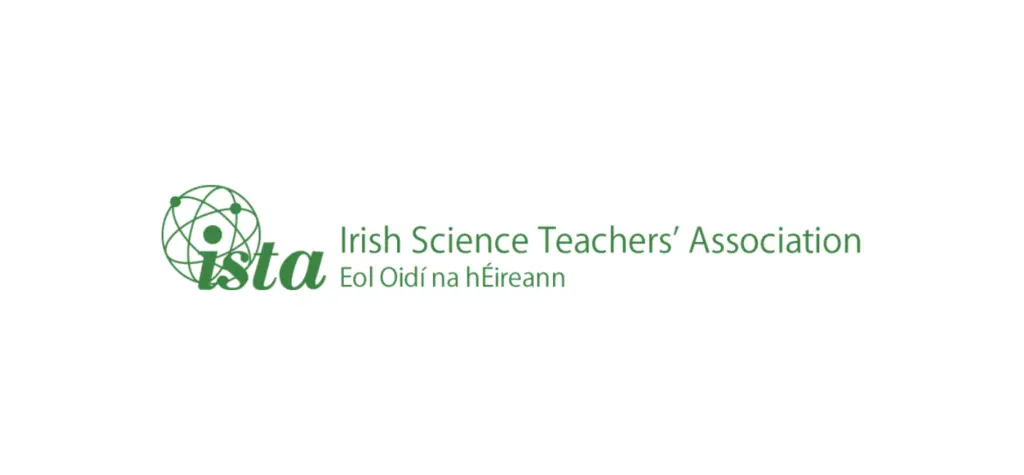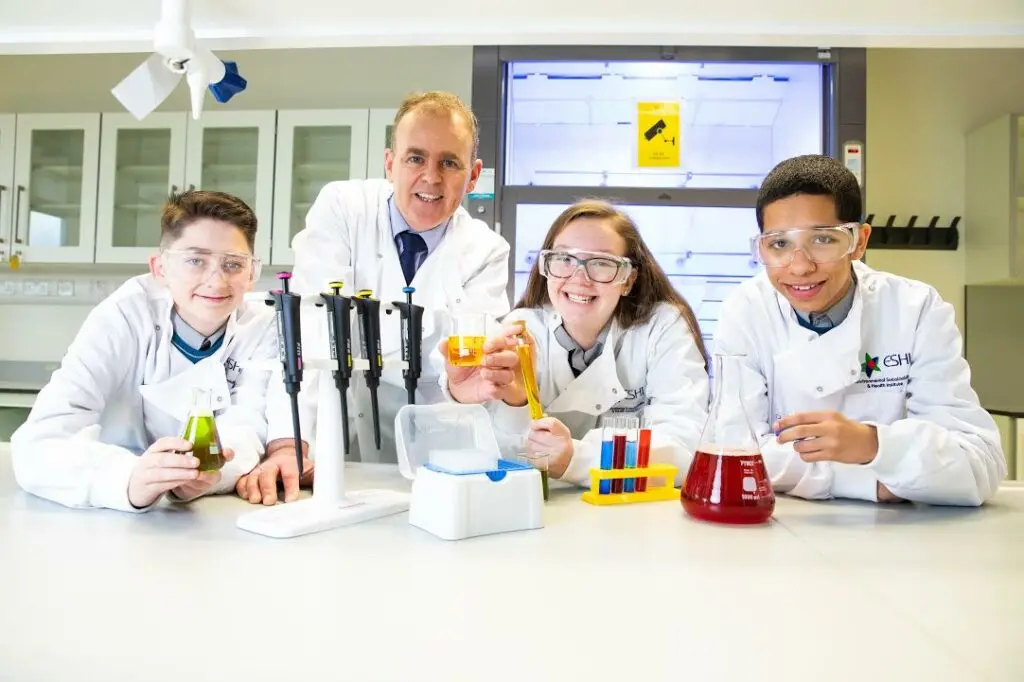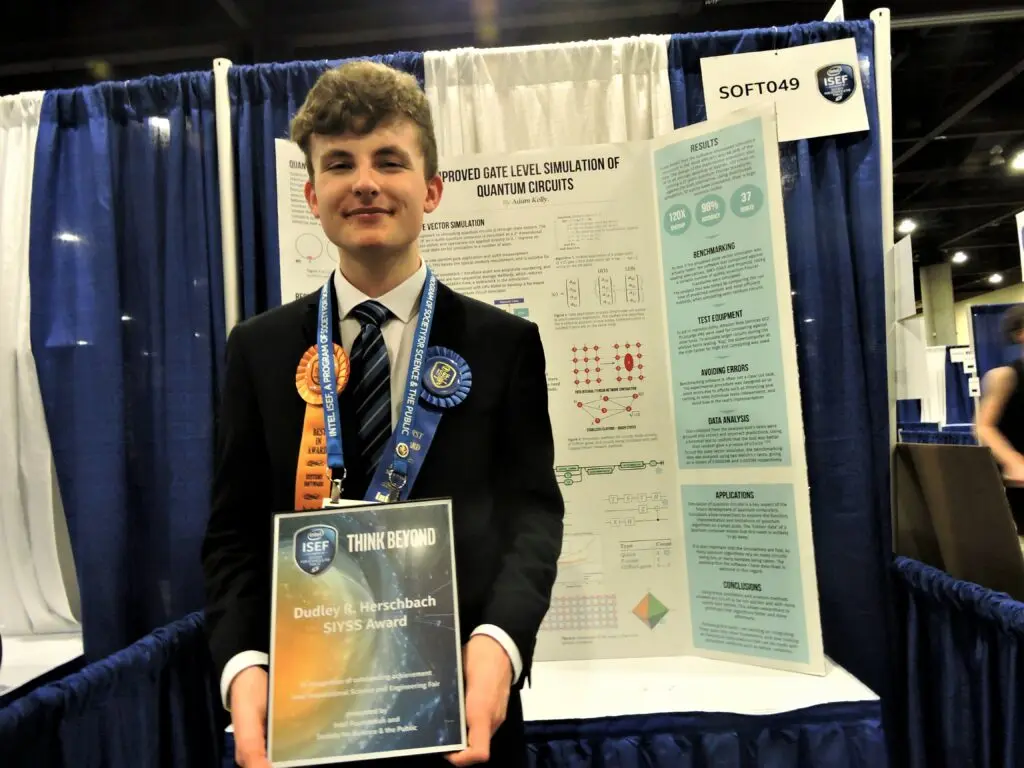New ‘perpetual’ trophy for BT Young Scientist and Technology Exhibition

Jowita Rogalska, a 19-year-old student, has been given the honour of having her design entitled ‘Genius is found in Simplicity!’ chosen for the brand new trophy to mark the BT Young Scientist & Technology exhibition’s 50th anniversary.
The Southern Regional College student based in Lurgan was selected from a competitive panel of 86 other finalists, which had been whittled down to a shortlist of five.
Speaking about her achievement, Jowita explained what her inspiration was for choosing the design: “I wanted to create a trophy design that demonstrated innovative flair but also a sense of simplicity so I experimented with a number of ideas before arriving at my finished design genius is found in simplicity.”
Artistic judging panel
The judging panel for the design has been headed by one of Ireland’s most influential artists, Graham Knuttel. Knuttel commended all the artists for their work in the fields of art and science, which he believes are intrinsically linked: “The calibre of entries received was truly incredible and we had a difficult job in selecting the overall winner. “Creativity is an all-encompassing concept that spans both art and science and this design competition was an excellent way to show budding designers that science can be a real source of inspiration for their works.”
The panel also consisted of Colm O’Neill, CEO, BT Ireland, and Dr Tony Scott, co-founder of the BT Young Scientist and Technology Exhibition.
Students from institutes of technology across Ireland, as well as regional colleges in Northern Ireland were among those eligible to compete.
The shortlist of five featured names from across the island with the other students just missing out on first spot, including Hannah Robinson from North West Regional College, Daniel Lawlor from Carlow IT, and Kirsten Donaldson and Barry Cunningham, both from Southern Regional College.
As the overall winner of the trophy design competition, Jowita receives a commemorative trophy of her own, a MacBook laptop and, of course, the honour of having her trophy design created and presented to the winners of the BT Young Scientist and Technology Exhibition from 2014 to 2016.



